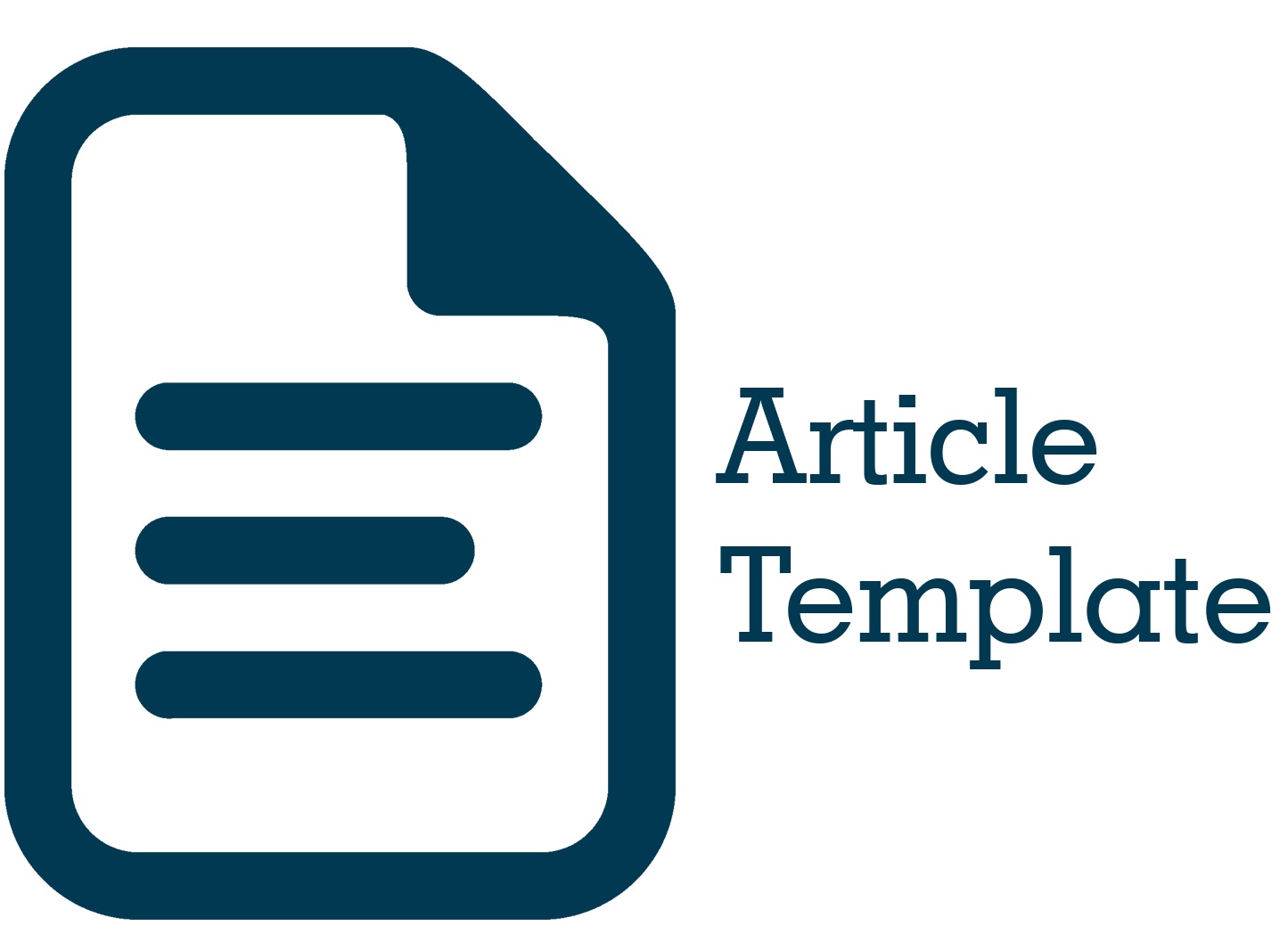Analisis Kelembagaan Dinas Pemberdayaan Perempuan Perlindungan Anak dan Keluarga Berencana dalam Penanganan Stunting
DOI:
https://doi.org/10.51135/PublicPolicy.v5.i1.p412-424Keywords:
Institusions Analysis, StuntingAbstract
Stunting is a health problem that needs to be avoided because it greatly affects an individual's survival. This disease often appears in Indonesia today and inhibits growth. Stunting has the potential to be very bad for sufferers, so prevention needs to be carried out by several institutions. Institutions related to this problem include health institutions, DP3AKB, and other institutions. Analyzing institutions is assessing or observing and describing an object. This time we will observe the DP3AKB institution in Bojonegoro Regency in reducing stunting rates. In analyzing institutions, researchers use institutional theory according to J. William, which has five variables, namely: leadership, doctrine, programs, resources, structures or processes. In handling stunting, DP3AKB plays a role in education or outreach. This institution works well so that goals can be achieved which can reduce stunting. The aim of this research is to determine the function or role of DP3AKB in helping reduce stunting, especially in Bojonegoro Regency.
Downloads

Downloads
Published
How to Cite
Issue
Section
License
Authors whose manuscripts are published in the Journal of Public Policy must agree to the following terms;
- Publication rights for all manuscript materials published are held by the editorial board with the author's consent.
- The legal formalities for digital access to the Journal of Public Policy are subject to the Creative Commons Attribution Sharealike (CC BY SA) license, which means the Journal of Public Policy has the right to store, redistribute, reformat, manage in a database, maintain, and publish the manuscript without seeking permission from the author as long as the author's name is included as the copyright owner.
- Published manuscripts are open access for the purpose of disseminating research results. Besides this purpose, the editorial board is not responsible for copyright law violations.


.png)



